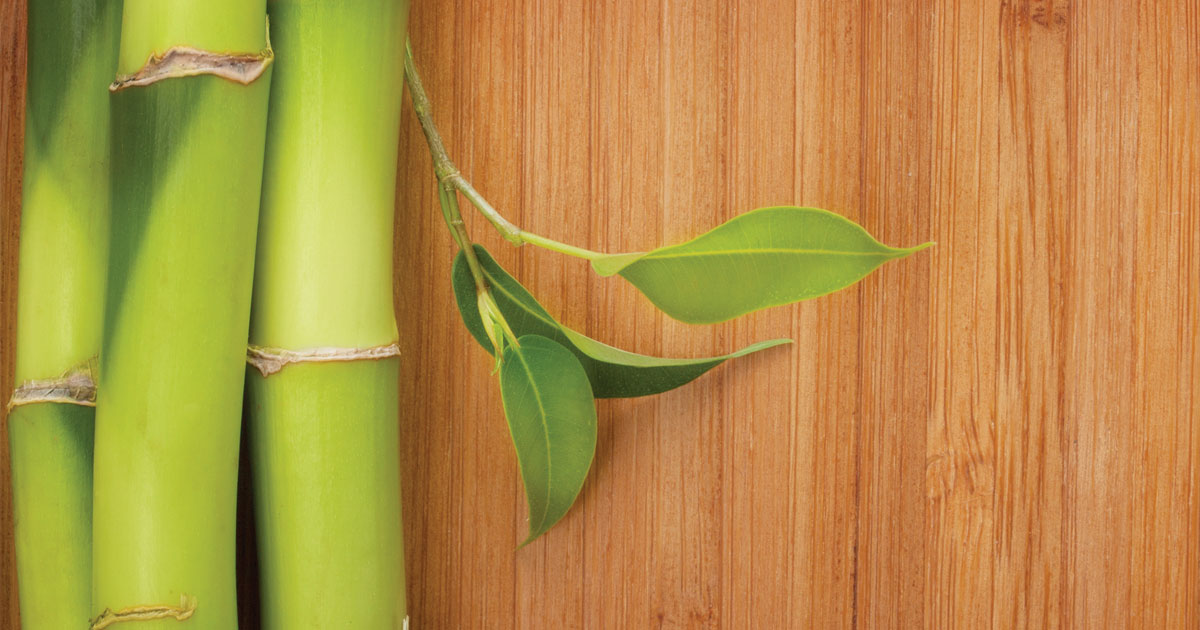Whether you plan to build or buy a home, remodel a room or seek ideas to expand your “green” footprint, we are all in the beginning stages of constructing our dreams. Each month, this column will invite you to look beyond the usual ideas and consider alternative cost-effective and eco-friendly options. With so many topics to explore, from top to bottom, room to room, inside and out, the goal of a vision is to take a firm step forward and begin living the dream.
Classic and beautiful are two interchangeable words to describe hardwood flooring. Contemporary or modern in style, the grand appearance continues to be a preference among homeowners. From hardwoods to engineered wood flooring, the difficulty of scratches, gouges, and dents are common problems, which result in the taxing and expensive process of sanding and recoating or replacing boards. If you have dogs and children and do not want to rely on throw and area rugs, or runners, then, the solution is an alternative material with greater toughness, sustainability, and beauty: bamboo.
Eco-Friendly Alternative
Standing in the forests are hardwood oak, ash and maple trees that we usually think of as the prime material for a beautiful floor. But while it takes up to 50 years to regenerate one hardwood tree, the bamboo plant, on the other hand, is a renewable, eco-friendly alternative that can mature in a mere seven years. We often associate bamboo with its light coloring, resembling a blonde hue, but carbonized bamboo can give this wood a deep, rich, dark coloring. The application of carbonizing increases the darker shades, giving homeowners the option of a wide-range of colors and styles. Additionally, natural bamboo has twice the strength of a red oak.
How It’s Made
After aging for five years, the outer shell is removed, and the stalk is cut into thin, lengthy strips. Sugars and starches are removed, reducing its appeal to termites, and decreasing the likelihood of expansions and contractions due to moisture changes. Beyond boiling, the bamboo can retain its natural color, or it can be carbonized through a “steam pressured carbonization process.” Carbonization also prevents the bamboo from fading or losing its rich coloring. The bamboo is then kiln dried to remove moisture. The dried strips are processed to create horizontal or vertical planks, or woven together, termed “strand woven” and glued together by a man-made adhesive. A UV light is then used to cure the planks. Installation systems come in two forms: tongue and groove, or adhered together and nailed to the floor.
Factors in Buying Quality Bamboo
In considering which bamboo flooring system to purchase, it is important to check the ends of the boards to ensure no gaps are present among the layers. This will indicate the quality of the bamboo planks. In addition:
- The finish of the surface should also be smooth and have a uniform texture.
- Be cautious of significantly lower prices. Some manufacturers will use bamboo which is premature in age, and will result in high levels of formaldehyde during the gluing process.
Being knowledgeable as you shop will help you to identify quality bamboo flooring at first glance.
Facts About Bamboo
The Janka Hardness Scale rating has become the standard to determine whether a material is suitable for flooring material. The strand-woven bamboo rates upwards of 3,200, a much higher range than traditional wood flooring; for instance, the red oak measures at 1,300. Bamboo has outperformed even a few of the toughest natural materials, such as steel alloys, concrete, and graphite, and homes made from bamboo have endured earthquakes measuring 9.0.
Positives Attributes
Bamboo floors, whether traditional, strand-woven or carbonized, appear similar in grain and style to hardwood; yet, the floors will endure a child who enjoys throwing their metal toys on the floor or the chase of two dogs from the living room to the other end of the house. With a pad installed underneath the bamboo planks, parents will be surprised at the lack of noise coming from the upstairs. And, with only a mop and mild soap, bamboo floors are easy to maintain. Perhaps, bamboo flooring may be the perfect option for your home and lifestyle.
Next Month: The Modern Kitchen






















